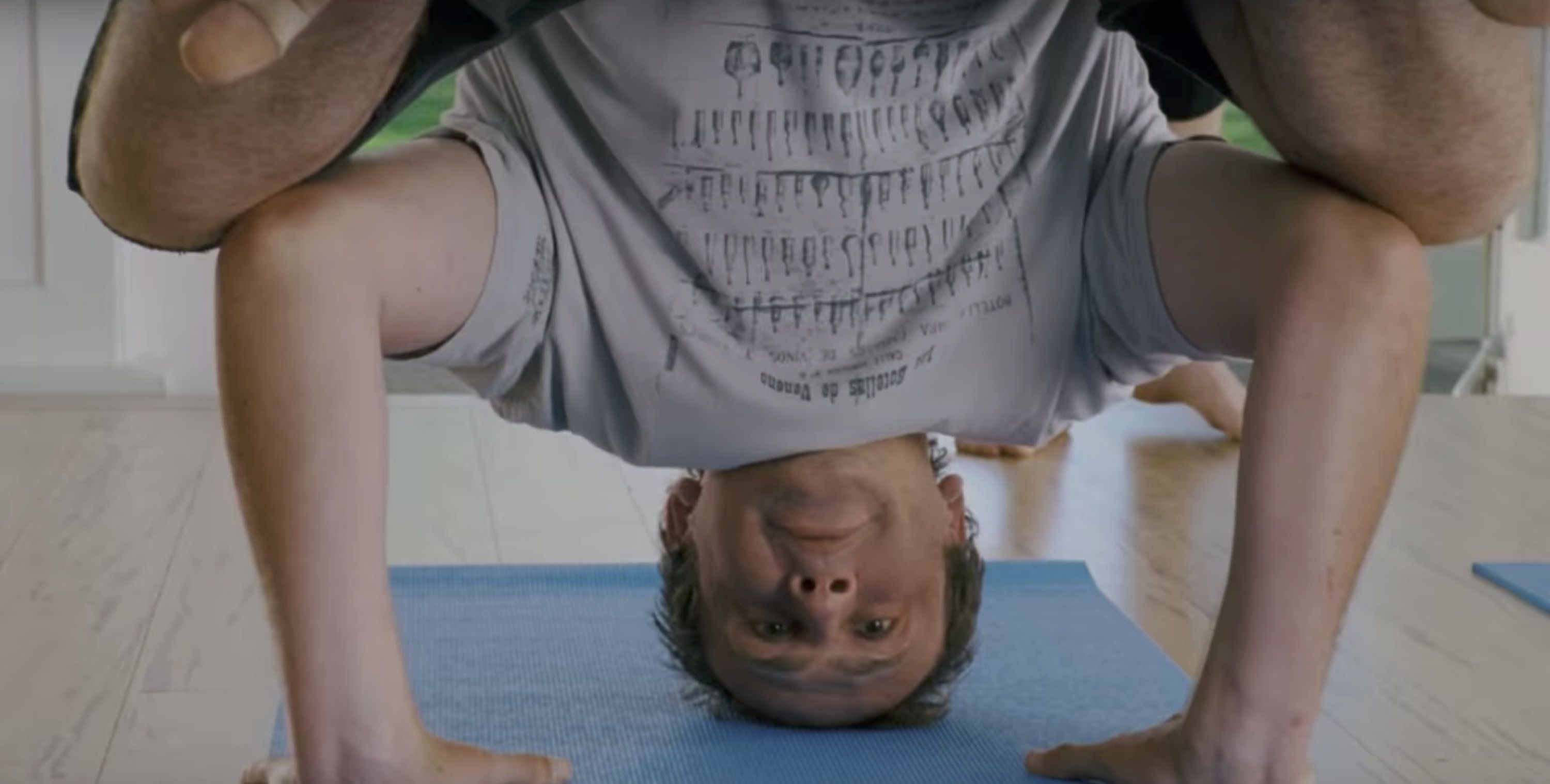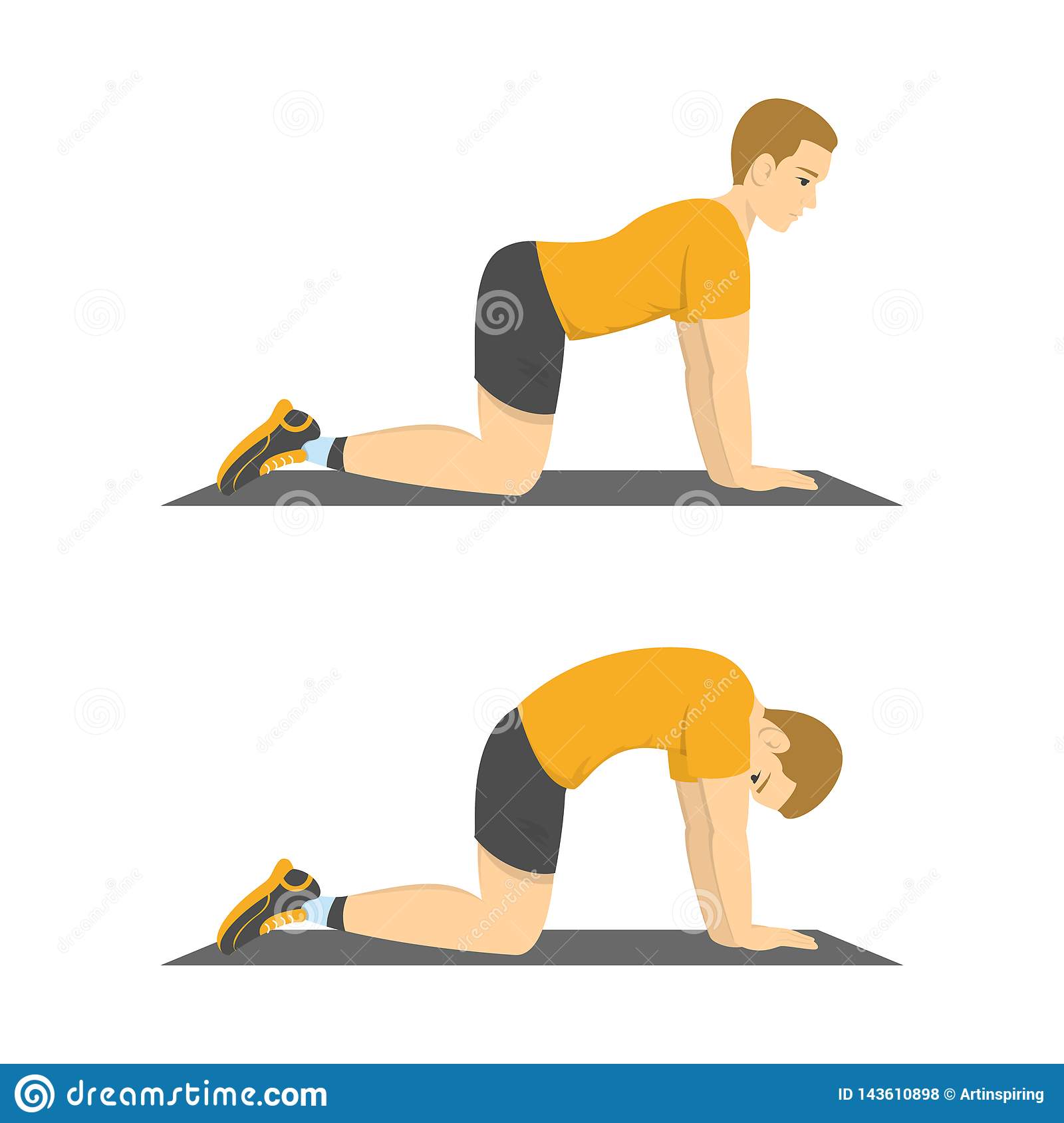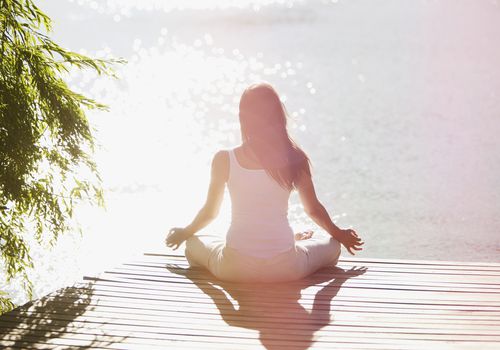
This article will help you understand the yogic definition of a long-lasting exercise routine. Yoga can be described as a spiritual practice, a breathing technique, or a discipline. To learn more about the life-long practice of yogis, see how you can benefit from this exercise. Next, choose the best definition of yogic for you. These are some examples of yoga practices and their definitions.
Yoga is an exercise that can be done all your life.
The practice of yoga has numerous health benefits and can be an excellent way to keep fit for life. Many people view yoga as only a form of aerobic exercise and stretching. However, yoga has many health benefits that go beyond the physical. Yoga can help improve flexibility, strength as well your posture and emotional state. It can also help improve your mental wellbeing, which is a good thing for good health. Here are some of the many benefits that yoga can bring to your life.

It is a discipline
Yoga aims at union between mind and body. It combines breathing and meditation. Since thousands of year, yoga has been practiced by people all over the world. The roots of yoga are in India. Throughout history, people have emphasized the asanas, but meditation and breathing are also necessary. Practicing yoga means remaining present. It is about finding the balance between relaxation and action. It's like meditation for the mind.
It is considered a spiritual practice.
The Sanskrit word for yoga, yogic means "union" in Sanskrit. According to Hinduism, the greatest achievement is knowing oneself. The best way to avoid suffering and rebirth is to know yourself. This spiritual practice has many adherents, and is taught in many fitness studios, YMCAs, and even on Oprah. No matter how old or new you are, yoga offers many benefits.
It is a breathing technique.
Pranayama is a technique in yoga that involves controlling the breath to achieve specific effects. Different types of breathing exercises offer different benefits. For example, Ujjayi Pranayama, or warrior's breath, involves constricting the air passages in your throat to create an oceanic sound. This breathing technique requires that the practitioner contracts the abdominal muscles, and draws the navel in to increase exhalation.
It increases parasympathetic activation
Research has shown yoga to increase parasympathetic activity in the body. When we're under stress, our sympathetic nervous system activates. Yoga increases parasympathetic activation. Yoga has been proven to increase heart rate variability. This is another indicator that yoga can help you cope with stress. Yoga can increase parasympathetic activity and improve overall health.

It decreases cortisol.
Recent research suggests that yoga may reduce cortisol levels. Cortisol is a hormone released in the body when the body experiences a stressful event. Cortisol can increase blood sugar, lower immune system and alter metabolic processes. The effects of increased cortisol can lead to a cycle of increasing stress. Yoga has been proven to lower cortisol levels. Yoga's positive effects are important for those who suffer from chronic stress and high cortisol levels.
FAQ
What are the benefits of yoga for your health?
Yoga is an ancient Indian practice. Hindu monks developed it over several centuries as a way to improve physical fitness and mental well-being. Many people practice yoga to relax and relieve stress. Many people believe yoga can help them increase their strength and flexibility.
Yoga improves balance, coordination, and is a great exercise option for seniors who want to keep active. It can help to prevent falls or other injuries.
Yoga strengthens your cardiovascular system, which is why it's good for your heart. This is especially helpful for those who are obese, have high blood sugar, or have diabetes.
Yoga can also help with stress, anxiety and depression. For those with arthritis or fibromyalgia, yoga can be especially beneficial.
Your muscles lose elasticity as you age. But yoga keeps your muscles flexible and strong. Yoga will give you more energy, stamina, and strength as you get older.
According to the National Institute on Aging regular yoga has been proven to reduce symptoms like fatigue and hopelessness. The institute also reports that yoga can help lower cholesterol levels and increase bone density.
Yoga can also ease headaches and back problems. The slow pace of yoga and its gentle movements are particularly helpful in reducing muscle strains and spasms.
Who would benefit most from yoga?
Yoga is aimed at people who desire to live a healthier and happier life. People who are looking to improve their balance, flexibility, and posture.
They may also wish to lose weight or increase muscle mass. They might also be interested in reducing stress and anxiety and achieving peace of mind.
These people have disabilities such as arthritis, back pain, diabetes and heart disease. These individuals are particularly benefited by yoga.
What is the average time it takes to learn yoga?
As with any skill, you must train your brain to perform yoga correctly. Once you have mastered the basics of yoga, you will be able practice at home with no difficulty.
Before you start your class, warm up for about 20-30 minutes. After that, take 5-10 minutes to warm up and do some simple stretches. Then, move on to more challenging poses.
Once you are comfortable with the basics of yoga, you can go on to intermediate classes. There you will learn more advanced moves. For example, if you're learning yoga for the first time, you might start with standing poses like the Tree (Vrksasana) and Mountain (Tadasana).
What happens if you do yoga every day?
You will feel calm, relaxed and centered. It improves posture, balance, and flexibility.
You become more conscious of your body and how it reacts to movement. This awareness can make you more aware and conscious about yourself.
Yoga improves concentration.
Your mind is sharper, clearer, and more focused. It calms your nervous systems. It decreases stress levels. It promotes peace and well-being.
Statistics
- In comparison, a 125-pound person is estimated to burn 135 calories in 30 minutes of walking (at a pace of 15-minute miles) and 210 calories bicycling at a moderate pace on a stationary bike. (everydayhealth.com)
- Gentle yoga has been shown to ease some of the discomforts of tender, swollen joints for people with arthritis, according to a Johns Hopkins review of 11 recent studies. (hopkinsmedicine.org)
- According to calorie estimates calculated at Harvard Medical School, the average 125-pound person burns about 120 calories in a half hour of hatha yoga, and a 185-pound person burns about 178 calories in that half hour. (everydayhealth.com)
- Start your Fall off right with 20% off All Access Membership when you sign up by 9/25! (corepoweryoga.com)
- According to the Agency for Healthcare Research and Quality, falls are incredibly common among older adults in nursing facilities. Even the simplest ones can increase the risk of death (24). (healthline.com)
External Links
How To
Does yoga have any effect on menopause symptoms
Yoga is an ancient practice that originated in India and focuses on stretching, breathing, and meditation. It has been used for thousands years to help people stay fit. As people search for other ways to stay active and healthy during stressful times, this has been gaining popularity.
Yoga is based around using physical postures (asanas) to stretch muscles, improve posture and increase flexibility. This can help relieve tension, increase strength, and endurance.
There are also many different types of yoga, including Ashtanga, Hatha, Vinyasa flow, Bikram, etc. Each type focuses only on certain aspects of your body, like breathing, stretching, and relaxation.
All forms of yoga have the same goal: to restore balance within the body as well as the mind. Yoga has many benefits, including improved fitness, weight loss, improved sleep quality, energy levels, and reduced stress.
Yoga may be beneficial in the treatment of anxiety, depression, insomnia, and other conditions. However, there is little conclusive evidence of its effectiveness for other health issues such as menopausal symptoms.
Yoga can help you feel happier and healthier, as well as teach you how to relax in stressful situations. This could be very helpful for menopause.
It is important that you know that yoga can cause soreness in the muscles after exercising. If you have concerns about your current condition or are unsure whether you would benefit from yoga, speak to your doctor before starting.